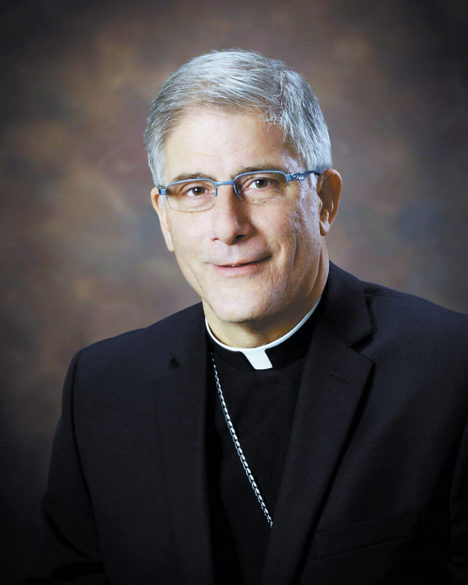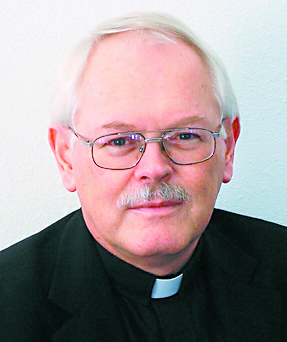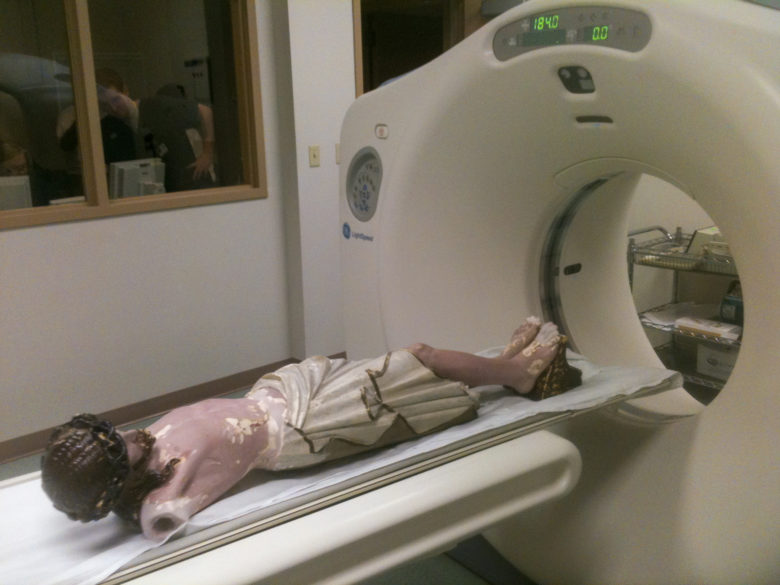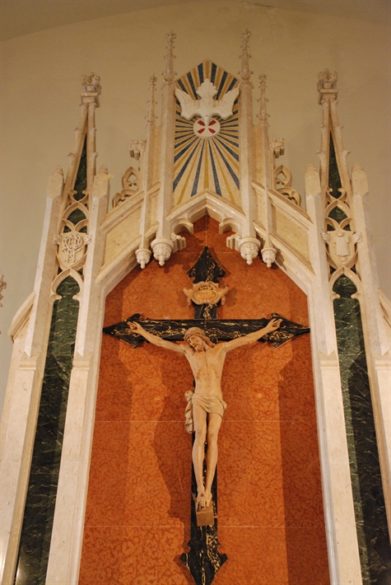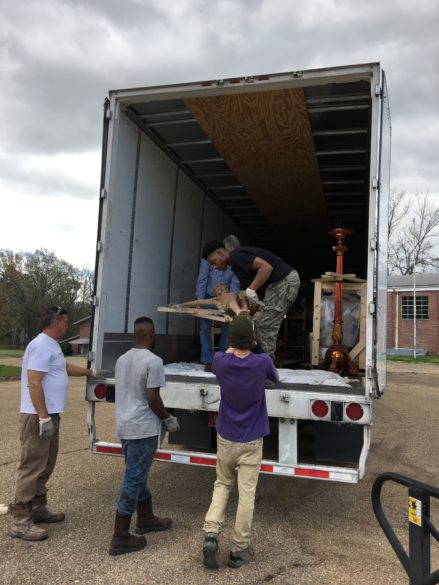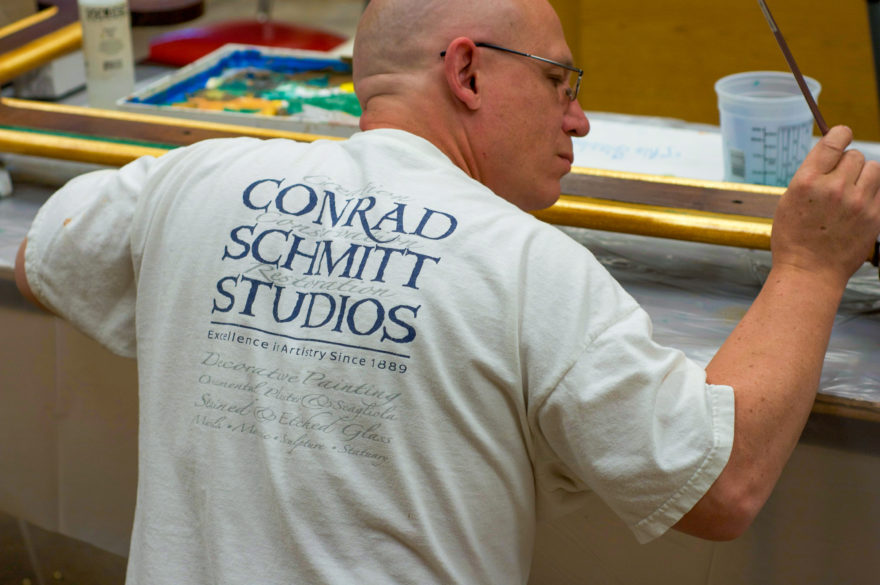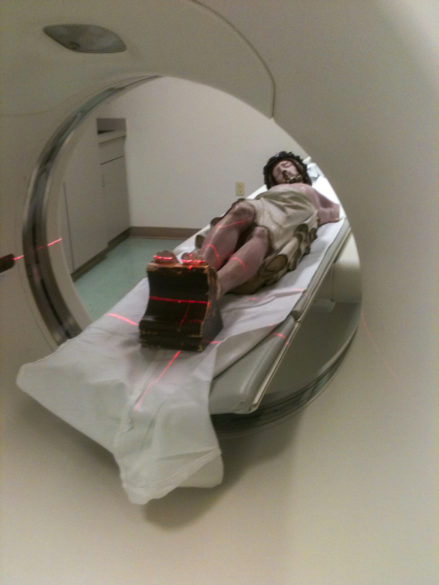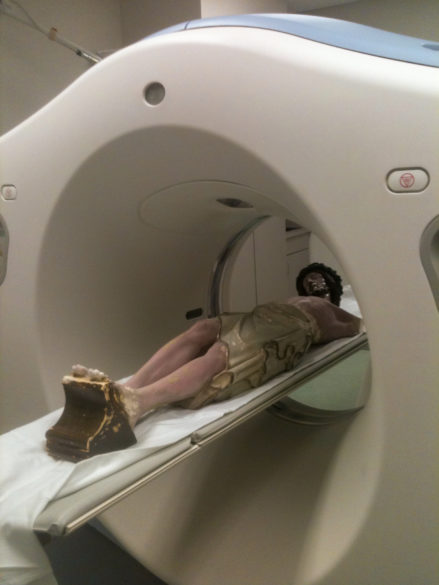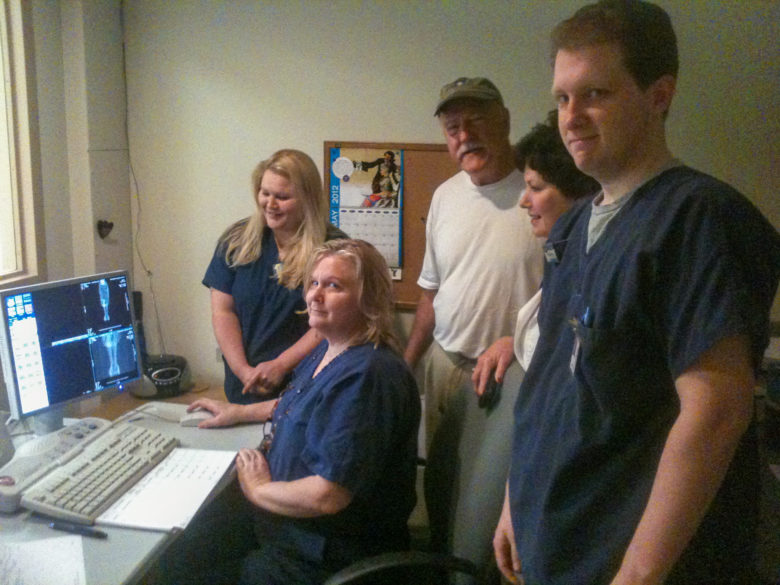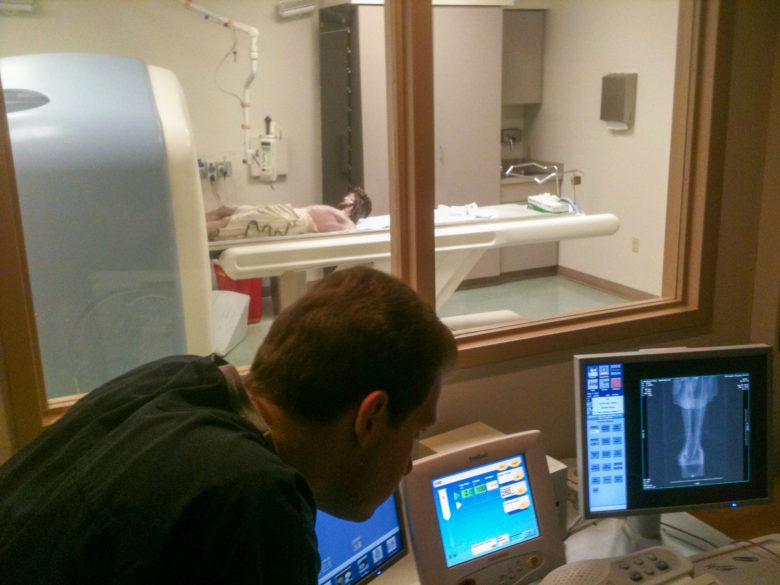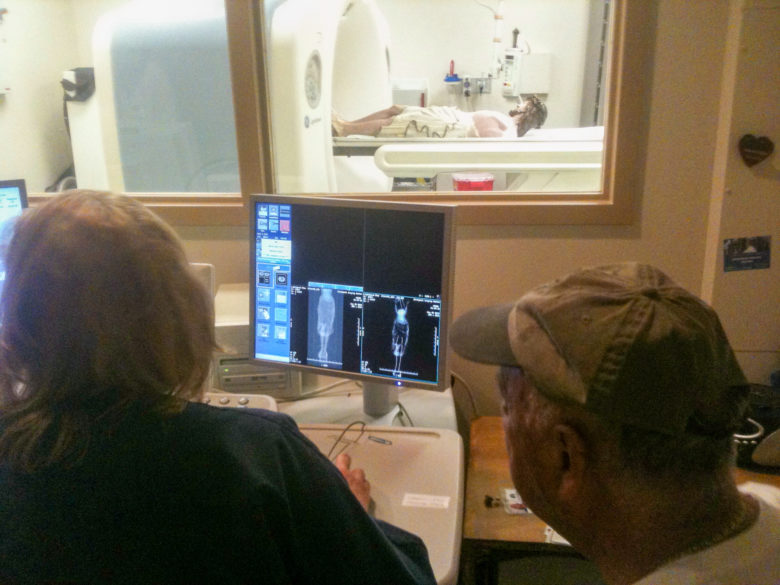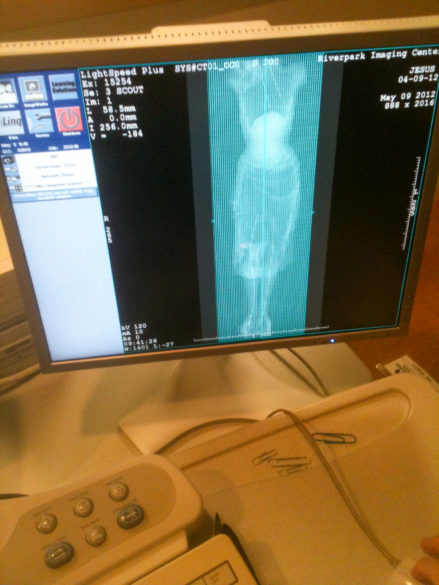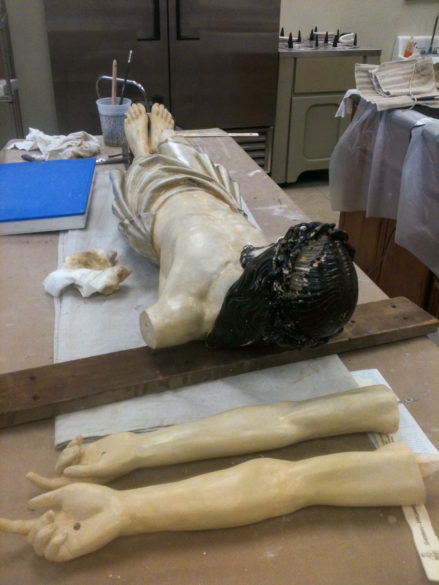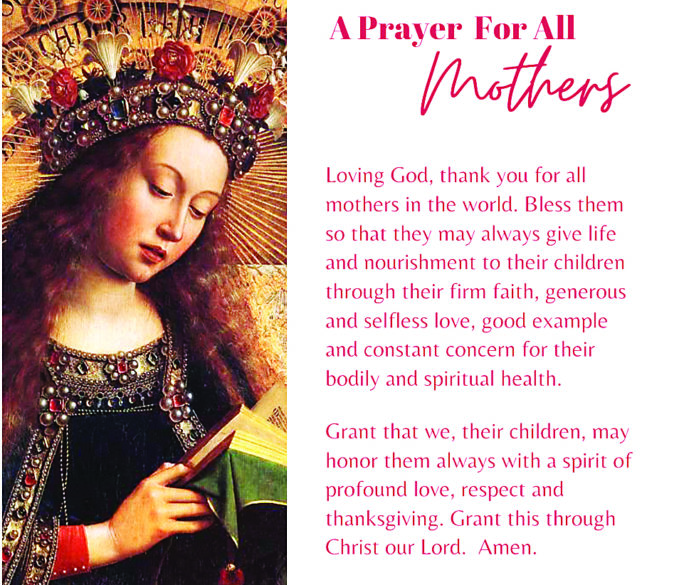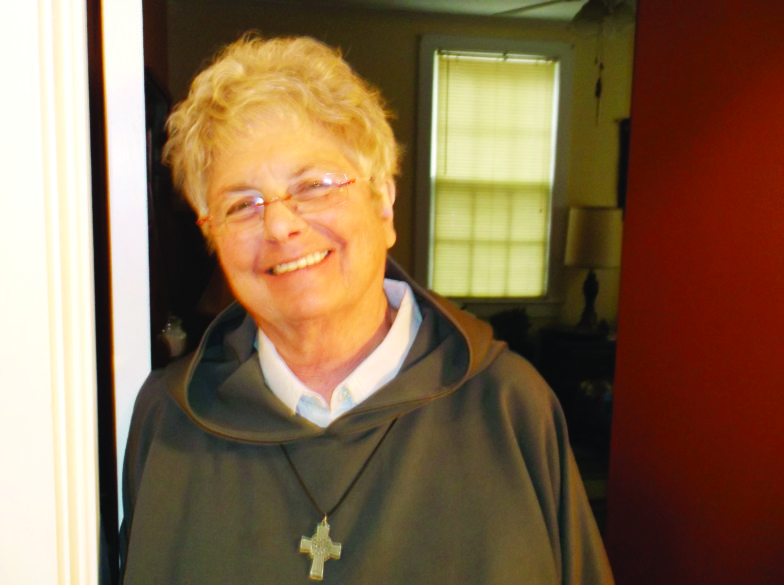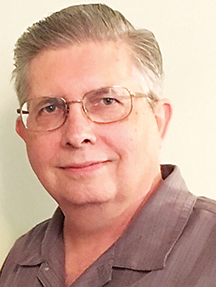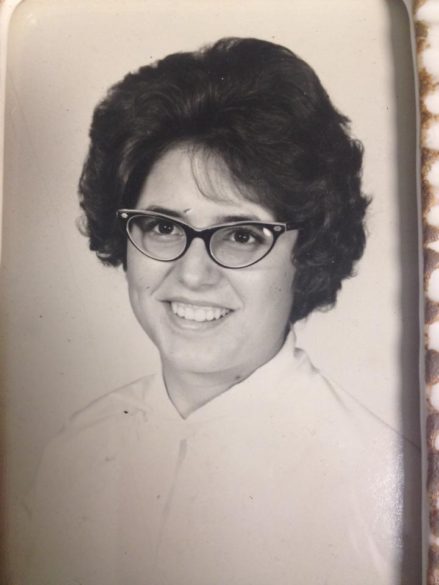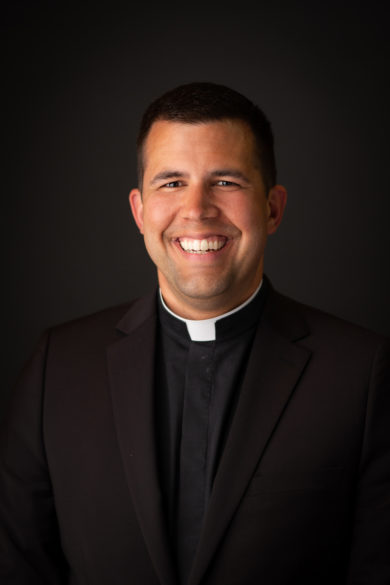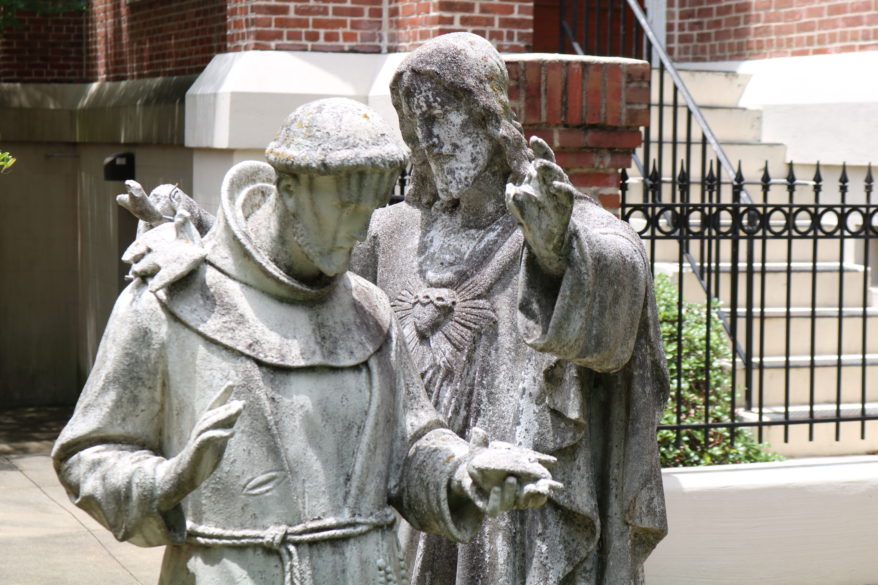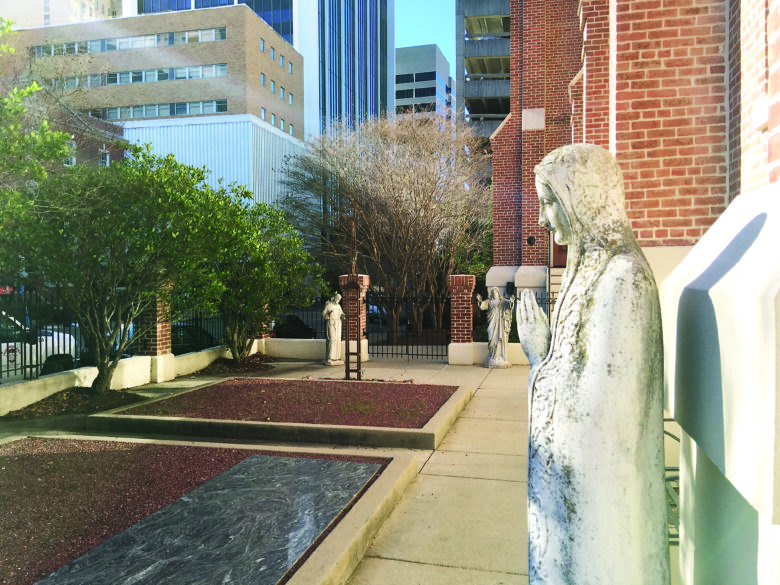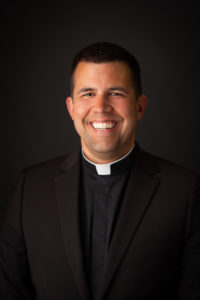
I am happy to report that we not only have a new priest, Father Andrew Bowden, but we also have a new seminarian, Mr. John Le. John was born in Vietnam but had to flee the country as a teenager after the communist takeover. He settled in Houston, Texas and attended high school there before enrolling at Texas A&M. John studied engineering and worked as a microelectronics engineer in Houston and Dallas before entering the Jesuits. After over a decade as a Jesuit brother, John began to discern diocesan priesthood. He has lived and worked with his brother in Brookhaven for the last year or so, and that’s when I started to get to know him. John will be enrolling at Sacred Heart Seminary in Hales Corners, Wisconsin this August. Sacred Heart specializes in educating second-career seminarians, and recent graduates from Sacred Heart in our diocese include Father Lincoln Dall. Carlisle Beggerly enjoyed two years at Sacred Heart even more recently as he did his pre-theology studies at Hales Corners before coming to Notre Dame in New Orleans for theology.
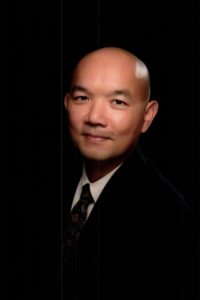
I was heartened to hear Bishop Kopacz announce at Father Andrew’s ordination that he has now ordained 12 priests since being consecrated as Bishop of Jackson in February of 2014. That is a great blessing, and we are seeing great work done by our recently ordained men.
It is encouraging for me to see my classmates and former seminary brothers become pastors. Father Aaron Williams is now pastor at St. Mary Basilica and Assumption Parishes in Natchez, Father Mark Shoffner is now pastor at St. John in Oxford, and Father Adolfo Suarez is pastor in Forest.
Also, Father Andrew Nguyen will be pastor soon at Immaculate Heart of Mary in Greenwood, and I am excited to be rector at St. Peter Cathedral beginning this July. The good news is that this is not the end; it is only the beginning. God willing, we will have four new priests entering the fold in the next three years. Carlisle Beggerly’s diaconate ordination is coming up on June 4 at his home parish in West Point, and so next year we will get to see him ordained a priest, followed the next year by Ryan Stoer and Tristan Stovall.
Our prayers for a “Homegrown Harvest” continue to be answered, and I ask that you continue to ask the Lord for more laborers for His harvest. I would like to thank our current seminarians for their dedication to their formation. And remember — we are about quality, not necessarily quantity! I’m so happy with our current group of men because I believe they are dedicated to being formed well, and so even if they do not ultimately present themselves for ordination, they will be great husbands and fathers in our parishes. Please pray for our men in formation, and continue your great work of praying for vocations, and encouraging more young men to consider whether the Lord is calling them to shepherd his people as a priest of Jesus Christ.

